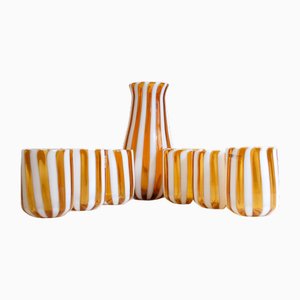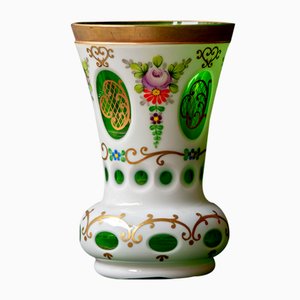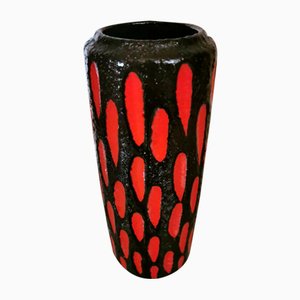Shipping quote request
We’ll calculate the shipping price as soon as getting your request.
Shipping quote request
We’ll calculate the shipping price as soon as getting your request.
You May Also Like
Sponsored Products
Scaramacai Drinking Glasses by Nicola Moretti, 2000s, Set of 7

Biedermeier White Overlaid Clear Yellow Glass, Glass with Gold and Flower Motifs Painted Enamel, Deep Cut Lenses and Gold Green Vase, 1890s

Large Shell-Shaped Glass Bowl by Peter Layton, 1984

Christmas Cocktails Tumblers, 2004, Set of 6

More from this Dealer
Vintage Italian Red Handblown Murano Vase

French Crystal Candlestick in the style of Crystal De Vannes, 1930s

Vintage Italian Wood and Ceramic Coat Rack by Artist Alvaro Cartei, 1960s

Vintage Swiss Plate Piece from Costa Ceramiche d'Arte

18th Century Chinese Hand Painted Porcelain Jars, Set of 2

English Artist, Flowers, Chromolithographic Print Diptych, 1900, Framed

Louis XVI Style Nightstand in Walnut with Legs and Drawer

Mid-Century Large Italian Crystal Vase, 1970s

Italian Hollywood Regency Style Bedroom Lounge Chair, 1950s

Space Age Italian Painted Metal Envelope and Ticket Holder, 1970s

Country Chic Style Armchair, France

Mid-Century Italian Wood and Silk Velvet Ikat Benches, 1950s, Set of 2

Art Deco Italian Crystal Table Centerpiece, 1984

French Art Deco Black Round 2-Top Tea or Coffee Table, 1930s

Ming Dynasty Chinese Ceremonial Chairs, 1870s, Set of 4

French Napoleon III Chinoserie Lobed Basket in Hand-Decorated Papier-Maché, 1865

French Louis-Philippe Walnut Sail Table

Antique Danish Biedermeier Mahogany Side Table

Art Deco French Glass Bowl by Pierre d'Avesn for Daum, 1930

German Fat Lava Style Colored Glazed Ceramic Vase

More Products
Get in Touch
Make An Offer
We noticed you are new to Pamono!
Please accept the Terms & Conditions and Privacy Policy
Get in Touch
Make An Offer
Almost There!
To follow your conversation on the platform, please complete the registration. To proceed with your offer on the platform, please complete the registration.Successful
Thanks for your inquiry, someone from our team will be in touch shortly
If you are a Design Professional, please apply here to get the benefits of the Pamono Trade Program